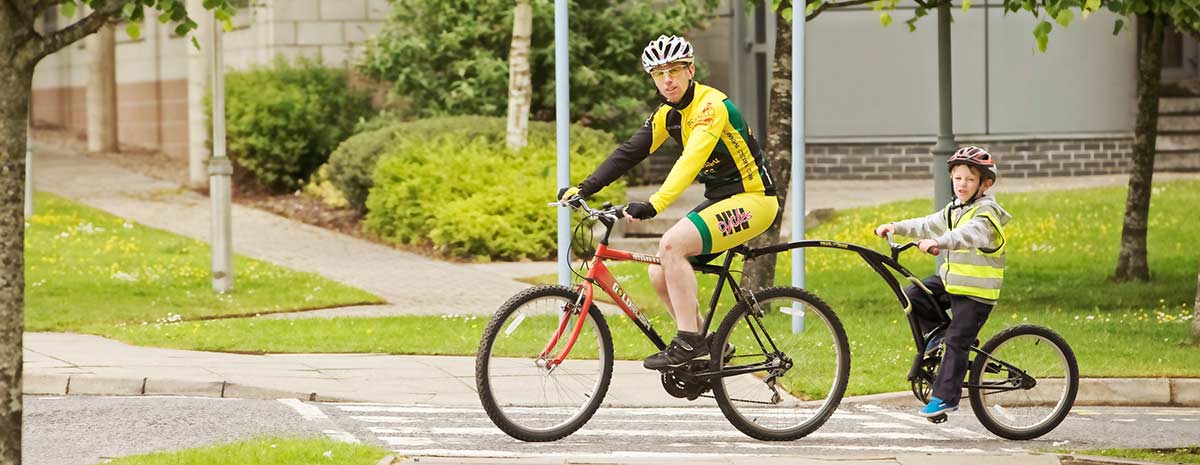Rails-to-Trails Projects
Rails-to-trails projects, which convert abandoned rail lines into public trails for non-motorized use, can offer a variety of benefits to communities., including:
- Increased Physical Activity: Rails-to-trails provide a safe and accessible place for people to walk, run, bike, and engage in other forms of physical activity, which can help improve overall health and well-being.
- Improved Transportation Options: Trails can serve as alternative transportation routes for people who commute by bike or on foot, reducing traffic congestion and air pollution.
- Economic Benefits: Trails can attract tourists and new businesses to a community, boosting the local economy and creating job opportunities.
- Environmental Benefits: Rails-to-trails projects can help protect natural areas and wildlife habitats by preserving open space and providing greenways for wildlife.
- Increased Access to Nature: Trails provide opportunities for people to connect with nature, experience the outdoors, and appreciate local wildlife and ecosystems.
- Improved Quality of Life: Rails-to-trails can enhance the quality of life for residents by providing safe and accessible places for recreation, exercise, and relaxation.
- Community Building: Trails can serve as community gathering places, fostering social connections and a sense of community pride.
In summary, more rails-to-trails can contribute to a healthier, more sustainable, and more livable community.

